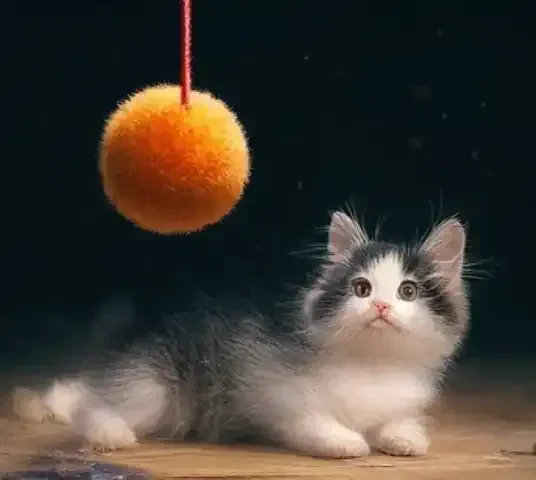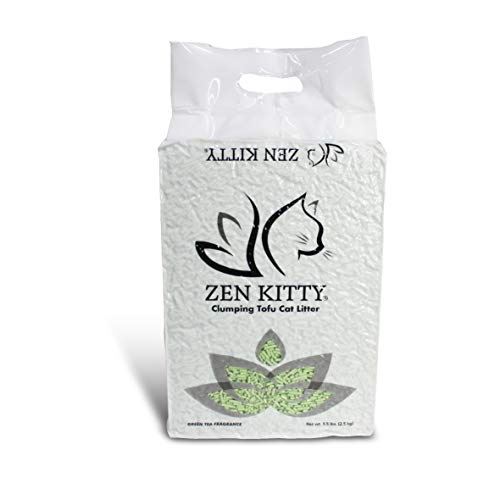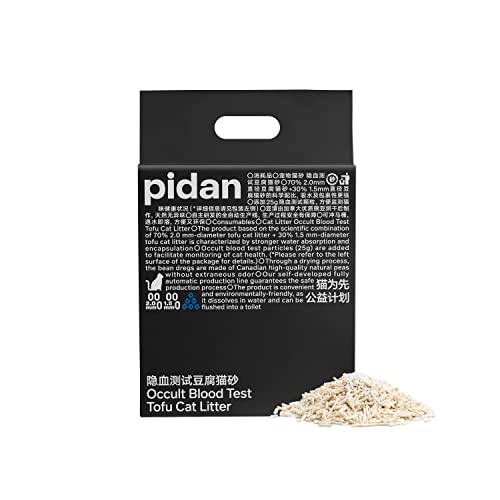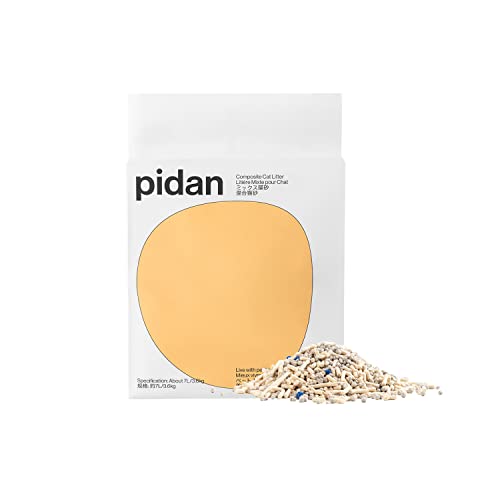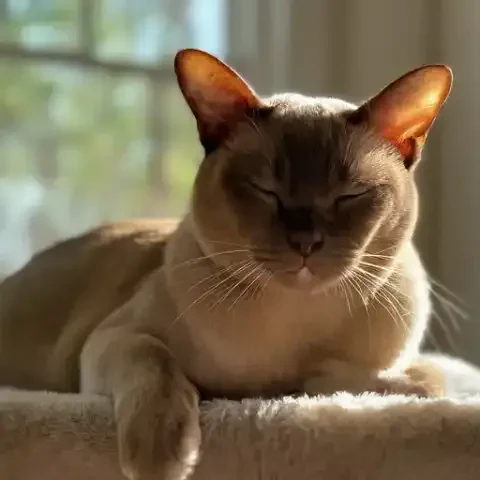Cats. They grace our homes with an air of independent elegance, yet surprise us with bursts of playful energy and moments of deep, comforting affection. More than just pets, they weave themselves into the fabric of our lives, becoming cherished members of our families, silent confidantes, and sources of endless entertainment. Picture a sunbeam catching the dust motes dancing in the air, suddenly disrupted by a flash of fur and a mischievous paw batting at an unseen foe. Imagine the gentle rumble of a purr vibrating through your chest as a feline friend curls contentedly on your lap. These are the moments that define the unique companionship of cats, a blend of independent spirit and playful interaction that captivates our hearts. Cats possess a dual nature, a fascinating paradox of self-sufficiency and a surprising capacity for deep connection. They can seem aloof one moment, gracefully navigating their world with an air of regal detachment, and then, in the next, transform into playful kittens, chasing after toys with boundless enthusiasm or seeking out your lap for a comforting cuddle. This intriguing blend is part of what makes them so endlessly fascinating and rewarding to live with. The benefits of welcoming a cat into your life are manifold. Studies have shown that cat ownership can reduce stress and anxiety, offering a calming presence in our often-hectic lives. They provide unwavering companionship, offering silent support and affectionate moments that can brighten even the toughest days. And let’s not forget the sheer entertainment value – from their acrobatic leaps and bounds to their quirky personalities and amusing antics, cats fill our homes with laughter and joy. Consider this your ultimate guide, a journey into understanding and nurturing the playful companion that is the cat. We'll delve into the secrets of engaging with their playful nature and equip you with the essential knowledge and practical tools to ensure their health, happiness, and overall well-being, strengthening the extraordinary bond you share. Get ready to embark on a comprehensive exploration of the feline world, ensuring you are fully prepared to provide the best possible life for your captivating cat.
To truly appreciate your cat is to understand their playful side. Play for cats is not just a frivolous pastime; it is deeply rooted in their instincts and essential for their overall well-being. It’s a window into their wild ancestry, a manifestation of their innate hunting behaviors. When your cat stalks a toy mouse, pounces on a feather wand, or chases a beam of light, they are channeling the same instincts that their wild counterparts use to survive. Play allows them to practice and refine these crucial skills in a safe and stimulating environment. Beyond honing hunting skills, play is also vital for exercise and mental stimulation. It keeps them physically fit, preventing obesity and promoting agility. It also engages their minds, preventing boredom and reducing the likelihood of behavioral issues that can stem from pent-up energy and frustration. And importantly, play is a powerful bonding tool, a language of interaction and affection between you and your feline friend.
Cats exhibit a variety of play styles, each reflecting different aspects of their predatory instincts. Some cats are stalkers, patiently creeping and crouching before launching into a focused pounce. Others are chasers, delighting in high-speed pursuits and acrobatic leaps. Some are bat-and-paw players, enjoying batting at dangling toys or objects that move erratically. Learning to recognize your cat’s preferred play styles is key to providing engaging and satisfying playtime. Observe how your cat interacts with different toys and notice what excites them most. Do they prefer toys that mimic birds, mice, or insects? Do they enjoy toys that require them to bat, chase, or pounce? Once you understand their preferences, you can tailor your play sessions to their individual tastes, making playtime even more enriching. While independent play with toys scattered around the house is beneficial, interactive play with you, their human, is paramount. It's not enough to simply provide toys; actively engaging in play sessions with your cat strengthens your bond and provides a deeper level of stimulation. Interactive play mimics the dynamic of a hunt, with you acting as the provider of "prey" for your cat to stalk and capture.
Wand toys and feather wands are incredibly effective tools for interactive play. They allow you to mimic the movements of birds or insects, enticing your cat to stalk, chase, and pounce, engaging their predatory instincts in a safe and controlled way. The erratic movements and unpredictable nature of these toys keep cats engaged and entertained. Laser pointers can also be used for interactive play, creating a chase game that many cats find irresistible. However, responsible laser pointer use is crucial. Never shine the laser directly into your cat's eyes, and always end the play session with a physical toy that your cat can "catch" to satisfy their hunting drive and prevent frustration. Puzzle toys and food dispensers offer a different kind of play, one that combines mental stimulation with a food reward. These toys require cats to work to access their food, engaging their problem-solving skills and mimicking the effort involved in hunting and foraging in the wild. Rotating toys is a simple yet effective way to keep playtime fresh and exciting. Cats, just like us, can become bored with the same old toys. By rotating their toys regularly, you introduce novelty and maintain their interest in playtime. Keep a selection of toys stored away and swap them out every few days or weeks to keep things stimulating and prevent toy fatigue.
The benefits of play extend far beyond mere amusement. For cats, play is essential physical exercise. It helps combat sedentary lifestyles and prevents obesity, a significant health concern for indoor cats. Play promotes agility, coordination, and overall physical fitness, keeping their bodies healthy and limber. Mentally, play is equally crucial. It prevents boredom and mental stagnation, which can lead to behavioral problems like destructive scratching, excessive meowing, or anxiety. Play sharpens their instincts, keeping their minds engaged and alert. For you, the owner, playtime offers a precious opportunity to strengthen your bond with your cat. It's a dedicated time for interaction, building trust, and fostering affection. Playtime is a language of connection, a shared activity that deepens the relationship between human and feline. And let's not underestimate the stress-relieving benefits of playtime for owners as well. Watching your cat leap, pounce, and engage in playful antics is inherently joyful and can be a wonderful mood booster and stress reliever after a long day.
To make the most of playtime, aim for short, frequent sessions rather than one long, infrequent one. Cats often have bursts of energy followed by periods of rest. Several 10-15 minute play sessions throughout the day are often more effective than one long 30-minute session. Pay attention to your cat’s cues during playtime. When they start to lose interest, slow down, or turn away, it's a sign that they are done playing for now. Respect their signals and end the session before they become disinterested. Always end play sessions positively, allowing your cat to "catch" their prey at the end of an interactive play session, giving them a sense of accomplishment and satisfaction. This could be by letting them catch the wand toy or providing a treat after a puzzle toy session.
Beyond the joy of play, providing comprehensive care is the cornerstone of a happy and healthy cat. Nutrition is the bedrock of their well-being, fueling their playful antics and supporting every bodily function. High-quality cat food is not a luxury; it is a non-negotiable necessity. Just like humans, cats thrive on a balanced diet rich in essential nutrients. Quality cat food is formulated to meet their specific nutritional needs, providing the right balance of protein, fats, carbohydrates, vitamins, and minerals. Look for cat food that lists high-quality protein sources, such as named meats like chicken, fish, or turkey, as the primary ingredients. Age-appropriate nutrition is crucial. Kitten food, adult food, and senior food are formulated differently to meet the changing nutritional needs throughout a cat's life. Kitten food supports rapid growth, adult food maintains weight and energy, and senior food caters to the needs of aging bodies.
The wet vs. dry food debate is a common one, but both types have their benefits. Dry food is convenient, often more economical, and can aid in dental health through chewing. Wet food provides higher moisture content, crucial for hydration, and can be more palatable for some cats. A mixed diet, incorporating both wet and dry food, can offer the advantages of both. Understanding food labels, even briefly, empowers you to make informed choices. Learn to recognize key ingredients, prioritize protein sources, and be aware of fillers and excessive carbohydrates, which cats don’t require in large quantities. Fresh water access, readily available at all times, is paramount. Hydration is crucial for kidney health, urinary tract function, and overall well-being. Provide multiple water sources around your home, using bowls and consider a water fountain to encourage drinking, especially for cats who prefer moving water. Portion control and preventing obesity are vital for a long and healthy life. Overfeeding leads to obesity, increasing the risk of numerous health problems. Measure food portions accurately using guidelines on the food packaging and adjust based on your cat's individual needs and body condition. Offer healthy treats sparingly, in moderation, and account for their calories within the daily food allowance.
Veterinary care is not just for illness; it is proactive health management for a long and playful life together. Regular wellness exams are crucial, even when your cat appears healthy. Annual checkups are recommended for adult cats, with more frequent visits for kittens and senior cats. These exams allow your vet to detect early signs of illness and provide preventative care recommendations tailored to your cat’s needs. Vaccinations are essential protection against preventable and potentially deadly diseases. Core vaccinations, such as those for feline distemper, calicivirus, herpesvirus, and rabies, are generally recommended for all cats. Parasite prevention is equally important. Fleas, ticks, worms, and heartworm can cause discomfort, illness, and transmit diseases. Year-round prevention is recommended, even for indoor cats. Discuss preventative options with your veterinarian.
Dental care, often underestimated, is crucial for a healthy and happy cat. Dental disease is common and can lead to pain, tooth loss, and systemic infections. Regular professional dental cleanings are essential for removing plaque and tartar buildup. Home dental care, including brushing teeth (if possible) and dental treats, complements professional cleanings in maintaining oral health. Recognizing signs of illness early is key to better outcomes. Be observant of behavioral changes – lethargy, hiding, appetite changes – and physical symptoms – coughing, sneezing, vomiting. When in doubt, always consult your veterinarian. Early detection and treatment can significantly improve your cat's health trajectory.
Creating a safe and enriching indoor environment transforms your home into a playground for your feline companion. Indoor safety is paramount. Keeping cats indoors protects them from traffic, predators, diseases, and other outdoor hazards. Scratching posts and surfaces are not just furniture protectors; they are essential for satisfying a cat’s natural scratching instincts. Provide a variety of scratchers in different materials and locations. Vertical space and climbing opportunities are equally important. Cat trees, shelves, and window perches allow cats to explore heights, satisfy their climbing instincts, and feel secure in elevated vantage points. Window views provide essential entertainment and enrichment for indoor cats. Safe access to windows allows them to observe the outside world, watch birds, and bask in the sun, stimulating their senses and preventing boredom. Comfortable resting spots and safe havens are essential for a sense of security. Provide a variety of beds, blankets, and hideaways in quiet corners, offering choices for different preferences and moods. Litter box essentials are non-negotiable for hygiene and harmony. Provide an adequate number of litter boxes (one more than the number of cats), placed in quiet, accessible locations, and use a litter type your cat prefers. Regular cleaning is crucial for hygiene and preventing litter box aversion.
Nurturing the bond goes beyond just physical care; it involves fostering social and emotional well-being. Love, attention, and interaction are vital for a happy companion. Cats need social interaction, even if they seem independent. Schedule dedicated playtime and affection sessions daily. Respect cat boundaries and learn to read their body language to understand when they want to engage and when they need space. Communication and bonding are strengthened through interaction, especially through play and gentle affection. Mental stimulation beyond play is essential for keeping their minds sharp and happy. Puzzle toys and enrichment feeders provide mental challenges during mealtime. Training and clicker training offer mental stimulation, positive reinforcement, and can be a fun way to teach tricks. Introduce new experiences safely – cardboard boxes, cat-friendly plants, controlled exploration – to stimulate their senses and prevent boredom. Understanding cat behavior is key to decoding their purrs, meows, and body language. Learn basic cat communication signals – purring, hissing, meowing, body postures – to understand their moods and needs. Recognize signs of stress and anxiety in cats – excessive grooming, hiding, appetite changes – and create a calming environment to minimize stressors. Building trust and positive associations through gentle handling, positive reinforcement, and avoiding punishment strengthens your bond and ensures a happy and well-adjusted feline companion.
Grooming and hygiene are not just about aesthetics; they are about keeping your playful pal looking and feeling their best. Regular grooming offers benefits beyond just a shiny coat. It prevents mats and tangles, reduces shedding, stimulates circulation, and strengthens the bond between you and your cat during grooming sessions. Brushing techniques and frequency depend on coat type. Short-haired cats benefit from brushing a few times a week, while long-haired cats may require daily brushing. Nail trimming is essential for keeping claws healthy and playful paws safe. Learn safe nail trimming techniques or seek professional help. Ear cleaning is typically needed only when ears appear dirty or have discharge. Learn gentle ear cleaning techniques when necessary. Bathing is rarely needed, as cats are meticulous groomers, but sometimes a bath is helpful if they get into something messy or have a skin condition. Learn stress-free bathing tips and use cat-friendly shampoos when bathing is necessary.
Beyond the essentials, consider deepening the companionship further. Thinking thoughtfully about a second cat can be rewarding, providing companionship for your current cat, but requires careful consideration of personalities and slow introductions. Cat-proofing your home is vital for playful explorers. Identify and address household hazards to create a safe environment for their curious nature. Traveling with your cat, when necessary, can be made less stressful with proper planning. Learn tips for stress-free travel, carrier training, and making travel comfortable for your feline friend. And finally, continue your journey of learning. Utilize resources for further learning – reputable websites, books, and organizations dedicated to cat care to continuously expand your knowledge and provide the best possible care for your ever-evolving companion.
In conclusion, celebrating the cat as your playful and loving companion is a journey of understanding, dedication, and joy. By embracing their playful nature and diligently following this guide to their care, you are not just providing for their needs; you are nurturing a profound and rewarding bond. Remember the key takeaways: prioritize high-quality nutrition, proactive veterinary care, a stimulating and safe environment, mental and emotional well-being, and consistent grooming. Reiterate the unique bond and joy of cat ownership. The relationship with a cat is unlike any other, a unique blend of independence and deep affection. Use this guide as your starting point, and continue to learn and adapt to your cat's individual needs throughout their life. Embrace the playful companionship of your feline friend, and enjoy a lifetime of purrs and joyful moments together. For in the quiet moments of companionship, the playful bursts of energy, and the gentle purrs that vibrate through your soul, lies the enduring magic of cats in our lives, a gift of love and joy that enriches our world in countless ways.
